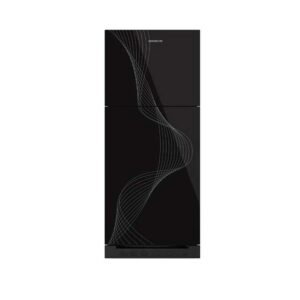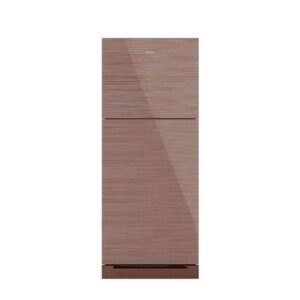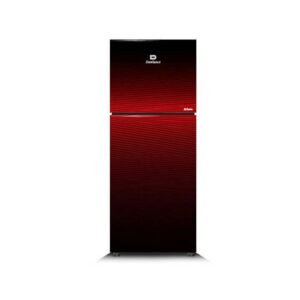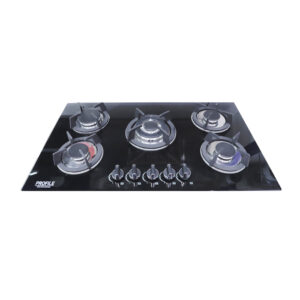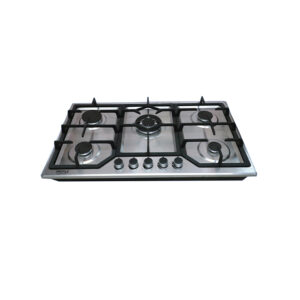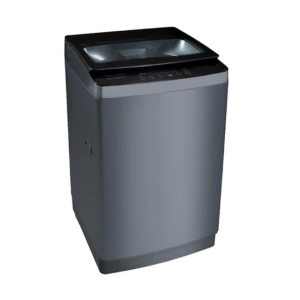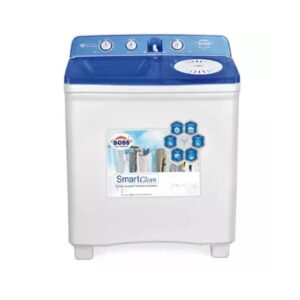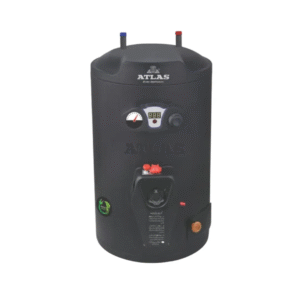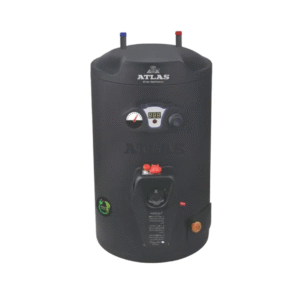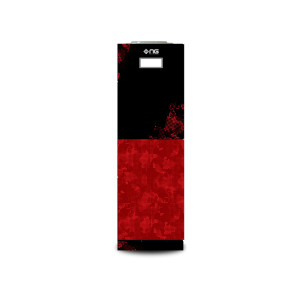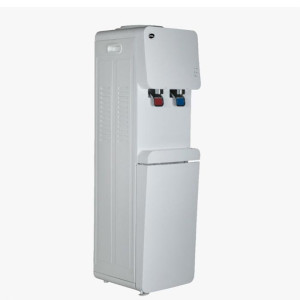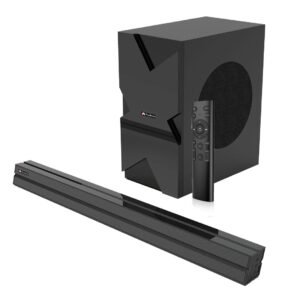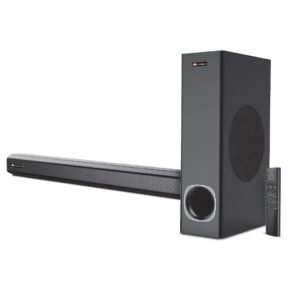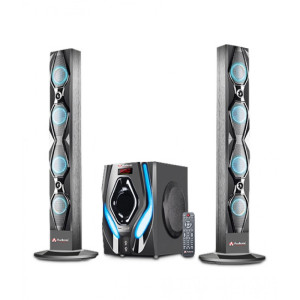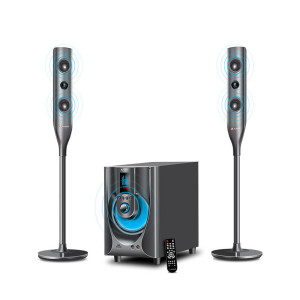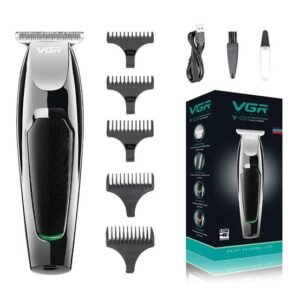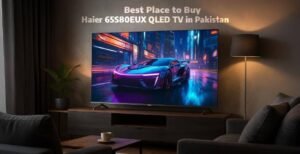Let’s face it-traditional business cards have been the go-to networking tool for decades. But in a world where smartphones are practically extensions of our hands, paper just doesn’t cut it anymore. Enter NFC business cards-a sleek blend of print and digital that’s redefining how professionals connect, impress, and follow up.
In this article, we’ll explore how businesses and individuals can ride the wave of this smart technology, why it’s more than a trend, and how you can start using it today-even if you’re on a budget or thinking, “Can I just print my own business cards free instead?”
Spoiler: You can. But NFC might give you an edge worth paying a little extra for.
What Is NFC and Why Should You Care?
NFC stands for Near Field Communication. It’s the same tech behind contactless payments. But in the case of business cards, it works like digital magic-just tap the card on a phone, and boom: your contact details, website, LinkedIn, or even a portfolio pops up instantly. No QR codes, no apps, no friction.
Here’s why you should care:
- First impressions are everything. NFC cards show you’re forward-thinking.
- They save time. No need to type out long emails or search for someone on LinkedIn.
- They reduce waste. One card = countless taps = fewer trees cut.
Real-World Use Cases: Who’s Using NFC Business Cards?
- Freelancers & Creatives: Share portfolios, Behance links, or Calendly booking pages instantly.
- Sales Teams: Quick tap to share product pages or pricing sheets during a pitch.
- Event Planners & Networkers: Replace stacks of cards with one sleek digital solution.
- Recruiters: Instantly share job listings or application forms at job fairs.
Even large companies like Salesforce and HubSpot have adopted NFC business cards for their employees. Why? Because they reduce cost in the long run and streamline contact exchange.
How to Set Up an NFC Business Card in 5 Steps
- Choose a Provider
Popular platforms like Popl, V1CE, Linq, and Mobilo offer NFC-enabled cards with customization options. - Design Your Card
Choose a sleek, branded design. Some platforms allow full-color printing, others use laser-etched stainless steel or even wood. - Create Your Profile
You’ll set up a digital profile that your card links to-usually a landing page with your info, links, and social profiles. - Test the Tap
Before heading to that big networking event, tap your card to multiple phone types (iPhone, Android) to make sure it works smoothly. - Track and Optimize
Many platforms offer analytics. See how many times your card was tapped and which links were clicked.
NFC and Print Can Co-Exist
You don’t have to ditch printed cards entirely. Many professionals carry both:
- Traditional cards for conservative industries or bulk handouts
- NFC cards for key interactions where a lasting impression matters
You can also embed NFC chips into paper cards, combining both worlds. Companies like Moo and Dot Card offer these hybrid solutions, blending print elegance with digital efficiency.
Cost Breakdown: Is It Worth It?
| Option | Approximate Cost |
| Traditional Cards (500) | $20 – $50 |
| NFC Card (Plastic) | $15 – $30 (One-time) |
| NFC Card (Metal/Wood) | $40 – $100+ (One-time) |
| Hybrid NFC + Print Cards | ~$2–3 per card |
While NFC seems expensive upfront, think about this:
How many times have you reprinted your business cards because of a job change, number update, or typo?
NFC eliminates that waste.
SEO Tip: Boost Your Brand with NFC
Integrating NFC tech also has an SEO perk. Many NFC card platforms allow you to link to a custom branded landing page-a mini site that showcases your offerings.
You can:
- Optimize it with keywords
- Embed videos
- Add CTAs like “Book a Call” or “Download My Resume”
The more traffic and interaction it gets, the better your visibility online. And you can track it all through integrated analytics tools.
Sustainability and the Future of Networking
According to a study by Adobe, 88% of paper business cards are thrown away within a week. That’s a lot of waste.
NFC cards, being reusable and updateable, are a step toward greener networking. Combine that with recyclable materials (like bamboo or metal), and you’ve got an eco-conscious tool for the digital age.
In fact, startups focused on sustainability are already making the switch. It aligns with their values and cuts recurring printing costs.
Common Concerns (and Answers)
Q: What if the person I meet doesn’t have NFC on their phone?
A: Most modern smartphones support NFC. For older phones, your card can have a QR code backup.
Q: Can I edit my info after printing?
A: Yes. Your info is stored in the cloud, not on the card itself. Update it anytime.
Q: Can I track who taps my card?
A: You won’t see exact names (unless they submit info), but you can track how many times your card was used and what links were clicked.
Final Thoughts: Is NFC Right for You?
If you want to stand out, simplify contact sharing, and reduce printing costs, NFC business cards are a smart investment. They don’t just say “Here’s my number”-they say “I’m ahead of the curve.”
Still want to print my own business cards free for budget reasons? That’s fine too-but don’t underestimate the power of digital-first impressions.
In the end, it’s not about replacing print; it’s about upgrading it.
Take Action: How to Get Started Today
- Explore NFC card platforms: Popl, Mobilo, V1CE, Linq
- Compare materials (plastic, metal, wood)
- Design your digital profile page
- Start networking smarter-not harder
The future of business cards is already here. All it takes is a tap.



